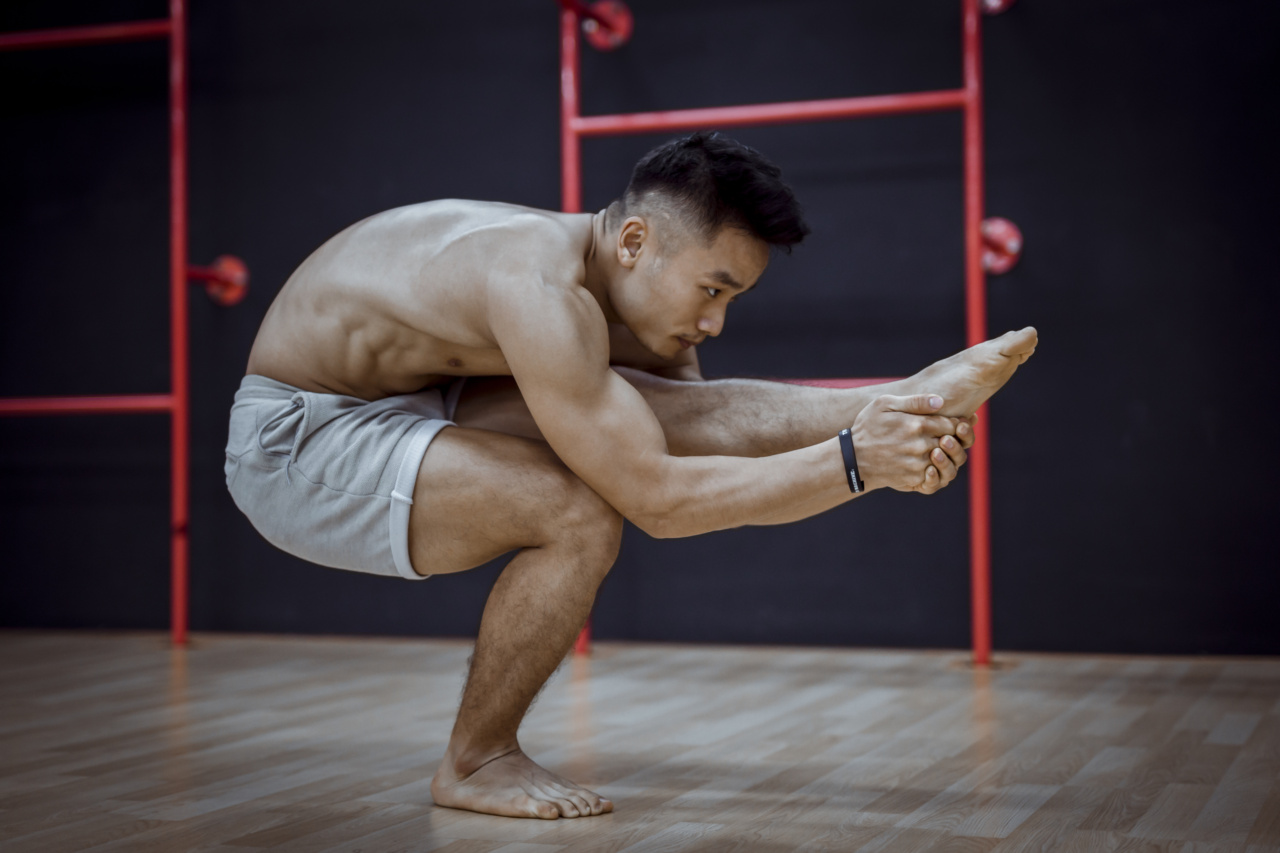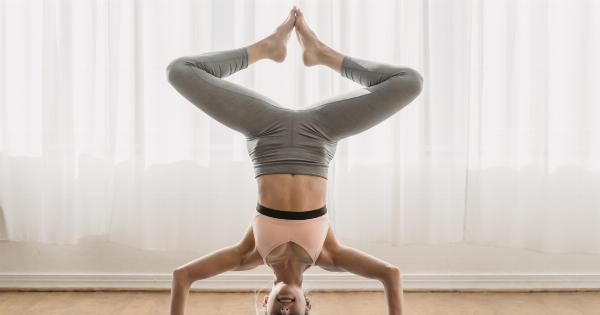Yoga is an ancient practice that has been known to deliver many health benefits to its practitioners. Yoga is a low-impact exercise that has been shown to improve flexibility, balance, muscle strength, and endurance.
In recent years, research has explored the benefits of yoga on strength and gait speed, particularly in older adults.
Benefits of Yoga on Strength
Strength training is essential for maintaining muscle mass and managing chronic diseases such as arthritis and osteoporosis.
Yoga is a form of strength training that engages multiple muscle groups and is suitable for people of all ages and fitness levels. Unlike traditional strength training, where resistance is provided by external weights or machines, yoga uses body weight and gravity to build strength.
A 2018 systematic review and meta-analysis assessed the effects of yoga on muscle strength in adults. The study found that yoga improved muscle strength in participants aged 60 years and over.
The improvement was significant in the upper body and lower body strength. Yoga poses such as the plank, the warrior (Virabhadrasana), the chair (Utkatasana), and the bridge (Setu Bandhasana) are all effective in building strength and aiding flexibility in the body.
In addition to building muscle strength, yoga can also improve flexibility, which may lead to better balance and mobility. As we age, our muscles and joints tend to stiffen, leading to reduced mobility and increased fall risk.
Yoga’s gentle movements can help to loosen muscles and keep them flexible while improving balance and coordination.
Benefits of Yoga on Gait Speed
Gait speed is a measure of how quickly we walk and is a key component of mobility and physical function. Slow gait speed has been associated with an increased risk of falls, disability, and mortality in older adults.
Recently, researchers have studied the effect of yoga on gait speed and mobility in older adults.
In a 2016 randomized controlled trial, researchers investigated the effect of an 8-week yoga program on gait speed and physical function in community-dwelling older adults.
The yoga group showed an improvement in gait speed and physical function compared to the control group. The study also found reduced fear of falling and improved balance in the yoga group. These results suggest that yoga may be an effective intervention for improving gait speed and mobility in older adults.
Additional Health Benefits of Yoga
In addition to its benefits on strength and gait speed, yoga has been shown to have numerous health benefits. Here are a few additional benefits of practicing yoga:.
- Stress reduction: Yoga has been shown to reduce stress, anxiety, and depression in some individuals.
- Pain reduction: Yoga has been shown to reduce pain in individuals with chronic conditions such as osteoarthritis, fibromyalgia, and back pain.
- Cardiovascular health: Yoga can improve cardiovascular function by lowering blood pressure and heart rate.
- Cognitive function: Yoga has been shown to improve cognitive function and memory in older adults.
Conclusion
Yoga has been shown to have many benefits on strength, gait speed, and overall health. Yoga’s gentle movements can help to build muscle strength, flexibility, and balance, making it a suitable exercise for people of all ages and fitness levels.
Additionally, yoga can reduce stress, pain, and improve cardiovascular and cognitive function.
With all the reported health benefits of yoga, it is a versatile form of exercise that can benefit those who practice it in many different ways.
Before starting a new form of exercise, it is important to consult your doctor first, especially if you have any pre-existing health conditions.































